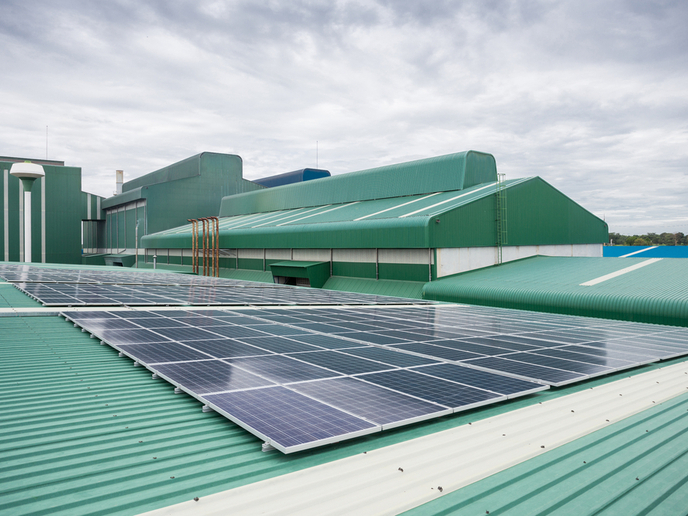Clearing the air for next generation diesel engines
Homogeneous charge compression ignition (HCCI) engines have been around for a long time. However, despite their superior fuel efficiency and their cleaner combustion of fuels compared with conventional motors, HCCI engines have not been widely used due to a variety of factors. These include a relatively small power range and the possibility of damage to the engine due to high peak pressures inside the cylinders. The major hurdle that has stood in the way of widespread commercialisation of HCCI engines is difficulty in controlling the auto-ignition event required to get the motor running. However, a variety of methods have been developed to induce the necessary conditions for auto-ignition and to enable HCCI engines to increase their power range, thereby paving the way for greater commercialisation. Although HCCI engines emit far fewer pollutants than traditional spark ignition motors, they still do emit relatively high levels of carbon monoxide (CO) and hydrocarbons. With the increasing viability of these engines comes a pressing need to reduce these emissions. The EU-funded ‘Post-treatment for the next generation of diesel engines’ (Pagode) project set out to provide a comprehensive, system-oriented view of viable after-treatment processes for the next generation of HCCI diesel engines. One avenue the project explored was the use of an oxidising catalyst in a next generation catalytic converter. Pagode investigated the dynamics of low-temperature oxidation of CO and hydrocarbon emissions in order to gather reliable data for further system definition and to supply boundary conditions for the simulation tools. The research partners also investigated and benchmarked the performance of newly developed catalytic technologies in order to determine the best catalyst components and preparation routes. The newly developed technology exhibited significant improvements compared with standard diesel oxidation catalysts. Pagode also experimented with the incorporation of plasma treatment technology into the diesel exhaust line. Earlier results had been disappointing in terms of energy efficiency and cost of materials, but initial results from the project's attempts to inject ozone suggest that this is one promising way of addressing these two challenges. The project also synthesised its findings and tested them out on the HCCI engine with promising outcomes. Pagode’s results will help the automotive industry to develop affordable and innovative technical solutions for the after-treatment of emissions in HCCI engines.







